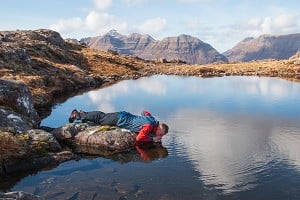
Incredibly light, compact, and easy to use, Katadyn's new BeFree water filter picked up a gold award at this year's ISPO trade show. Does it live up to the accolade? I took it on a family walking holiday to Wales to find out, and after a week of heavy use by a number of adults and small children I have to say we were all pretty impressed.
In the UK we're lucky to have so few pathogens and other nasties in our mountain water (I won't say none), but in many parts of the world drinking water has to be routinely filtered, boiled, UV or chemically treated. If you're staying on home shores, is a filter worth the money? Well, when out in the more remote parts of Scotland I generally drink straight from source with no ill effect. However in areas more densely populated by people and livestock - the Lake District, for instance, or the busier bits of Snowdonia - you can never be sure what's just upstream, and it's worth being a bit more careful. If you are on the go then a lightweight filter is arguably preferable to the faff of boiling your water, or the time lag (and nasty taste) of chemical purification.
Weight and size
Water filters seem to be getting lighter and simpler all the time - see our recent review of the MSR TrailShot for instance. At only 67g all in (Katadyn say 58g), the BeFree is impressively light even by the most uncompromising ultralight standards. With its small head unit and collapsible water bag, it is also compact enough to carry in your pocket. This is by quite some margin the lightest and most packable filter I've ever seen. The weight saving advantage of any filter is obviously huge, since you can carry far less water (or even none, if you're confident of finding regular sources); but if you're looking to cut even more weight then the BeFree has to be one of the best options currently available.
In use
Most filters comprise a pump mechanism and some sort of intake tube, but the BeFree is neater, its design being both simpler to use and more compact. Remove the filter unit, and the HydraPak water bag is filled direct from the water source - its wide mouth makes this very quick. While filling you have to be aware not to contaminate the sucky end with untreated water, but a robust cap over the nozzle makes this easy. Screw the head back on, and you're good to go. Pressure to force the water through the filter is created not by a pump mechanism, but simply by squeezing the bag as you drink. It is - literally - child's play.
The nozzle can be sucked, sports bottle style, or alternatively used to fill another container if you're filtering more than the HydraPak's 600ml capacity. In terms of that capacity, if you are re-filling regularly then 0.6+ of a litre is a decent size - certainly enough to keep you going until the next water source if you're out in the soggy British hills.
How it works
Looked at closely, the BeFree's 'EZ-Clean Membrane' is a mass of hollow fibres, through which the water passes. At only 0.1 micron wide, the pore size is easily small enough to filter out sediment, plus any harmful bacteria and protozoa in the water, which typically go down to about 0.2 microns in size. The result is pure, clean-tasting drinking water. The membrane is good for 1000 litres of clean water, which for most of us has got to represent a good couple of years worth of outdoor use. It is also really easy to keep clean, either by filling the bag and just shaking the dirt free of the filter, or by removing the filter unit and swooshing it about in some water. That's it - no fuss, no hassle.
In the great outdoors, far upstream of towns and cities, a filter is generally all you need. However if you're heading somewhere less developed then it is worth pointing out that a 0.1 micron pore size is not sufficient to filter out viruses. If there is a risk of viral contamination - in built up areas with poor sanitation for instance - then additional purification treatment will also be required, be that chemical or UV. This goes for the vast majority of filters on the market, of course, not just the BeFree.
Summary
As intuitive to use as you could hope for, the BeFree makes water filtering a doddle. Pack it instead of a separate water bottle, or bring it along as an additional just-in-case measure; either way it's so light and compact that you really can carry it in your pocket. Build quality seems robust, and its £43 price tag is fair for what you're getting, on a par with comparable lightweight filters. Being good for 1000 litres equates to about 4 pence per litre, which has to be decent value by anyone's standards. From now on, every time I head somewhere busy in the hills I'll be likely to pack the BeFree in preference to any heavier, more faffy filter.
Katadyn say:



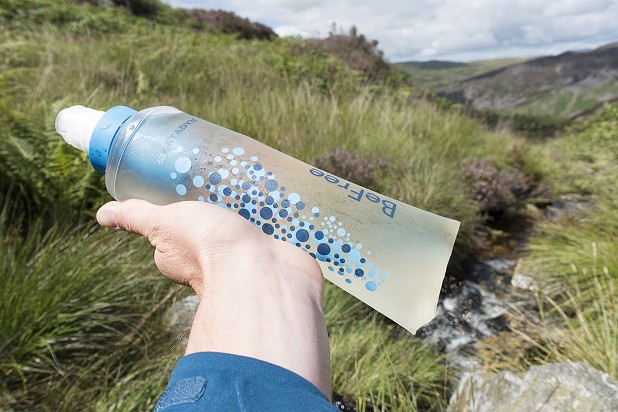
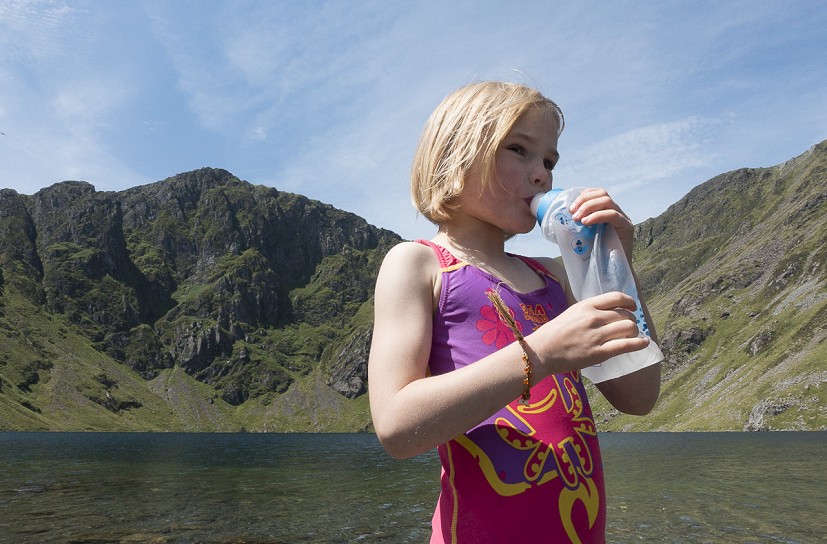
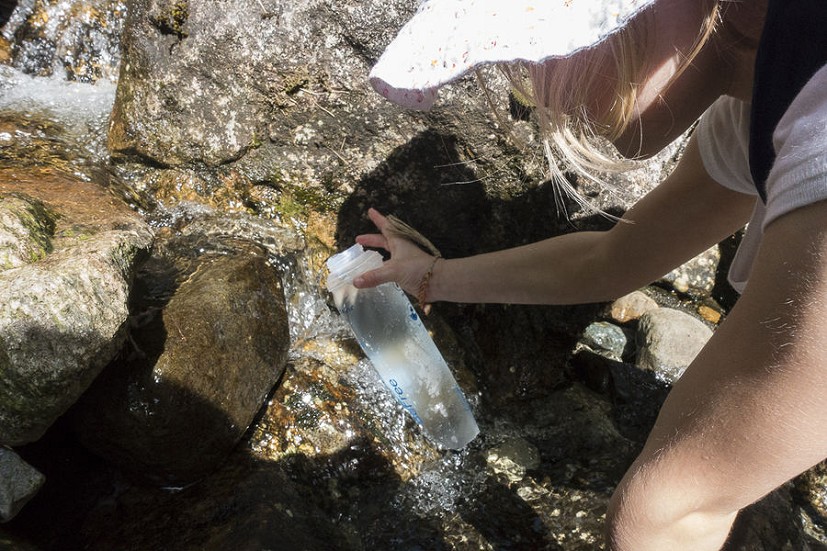

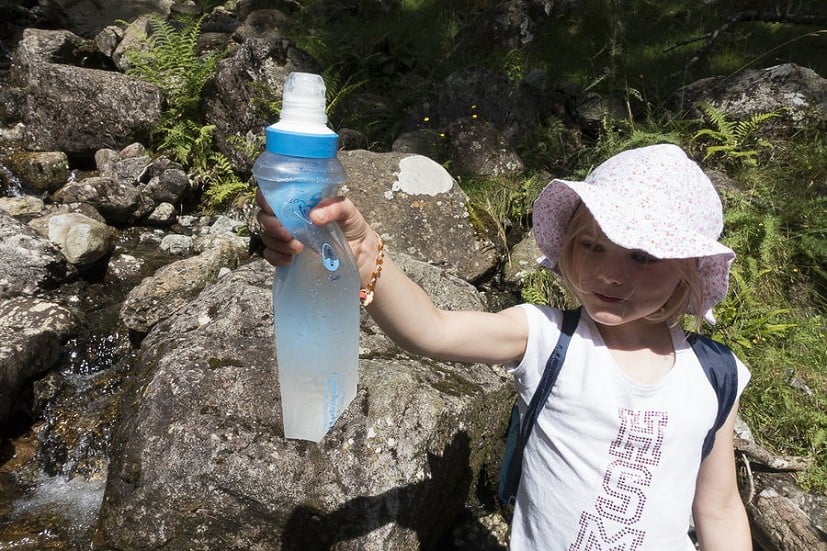
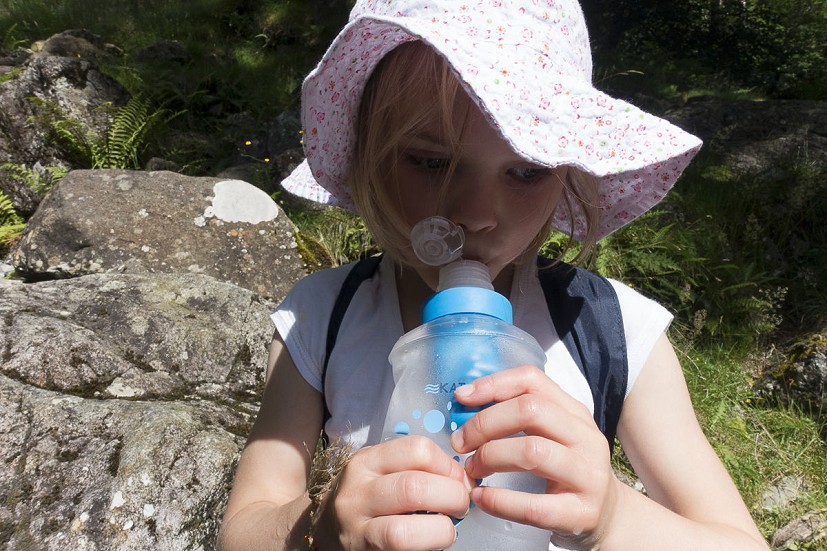
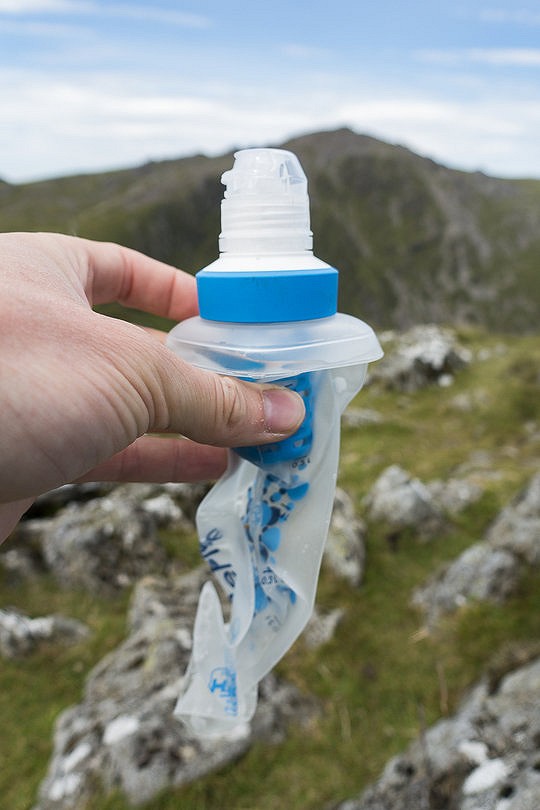
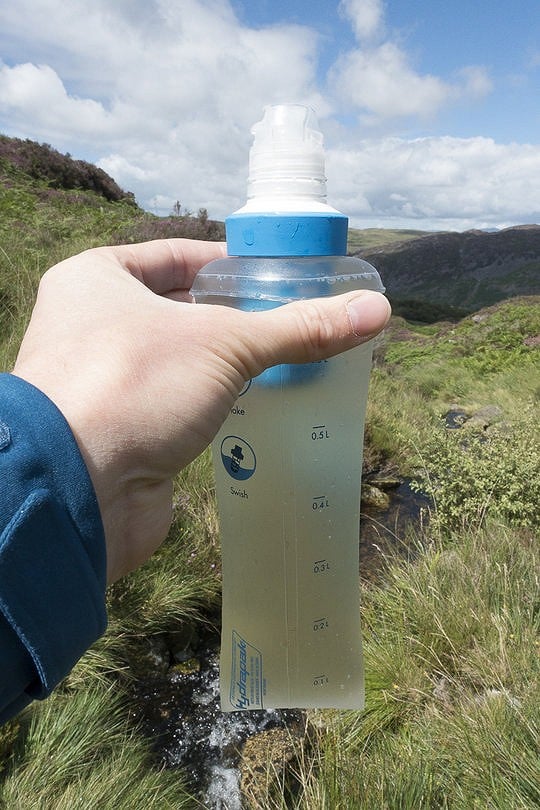
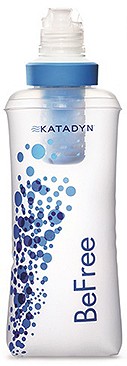

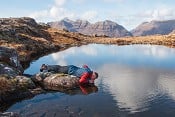
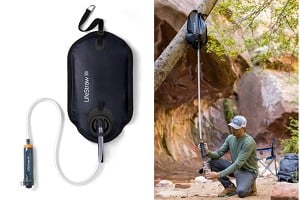

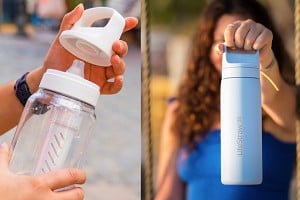


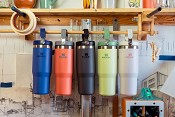
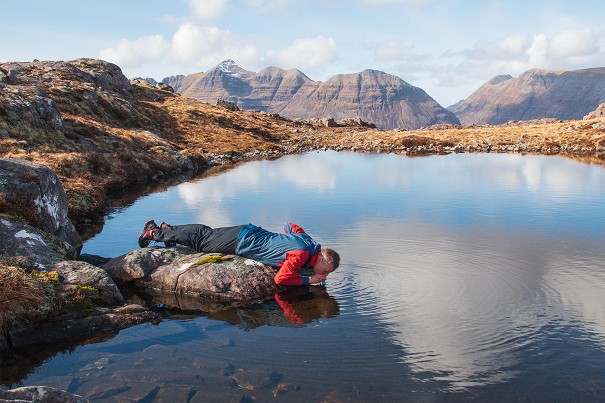
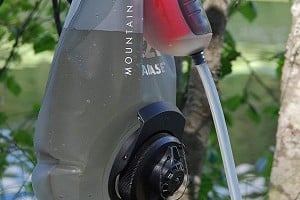
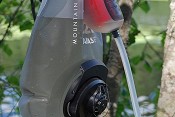


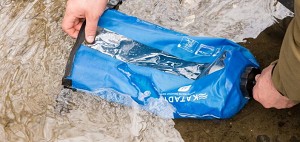


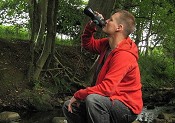
Comments